The Southeast Alaska Watershed Coalition focuses on informed community watershed management. We value the long-term sustainability of Southeast Alaska’s communities and wise management of the region’s watersheds. We believe our work is important because healthy and productive watersheds are the life blood of our region’s communities, natural resource-based economies, subsistence lifestyle, and overall quality of life. We work to build the capacity of the region’s communities to implement local and collaborative approaches to the management, development, and stewardship of the region’s watersheds.
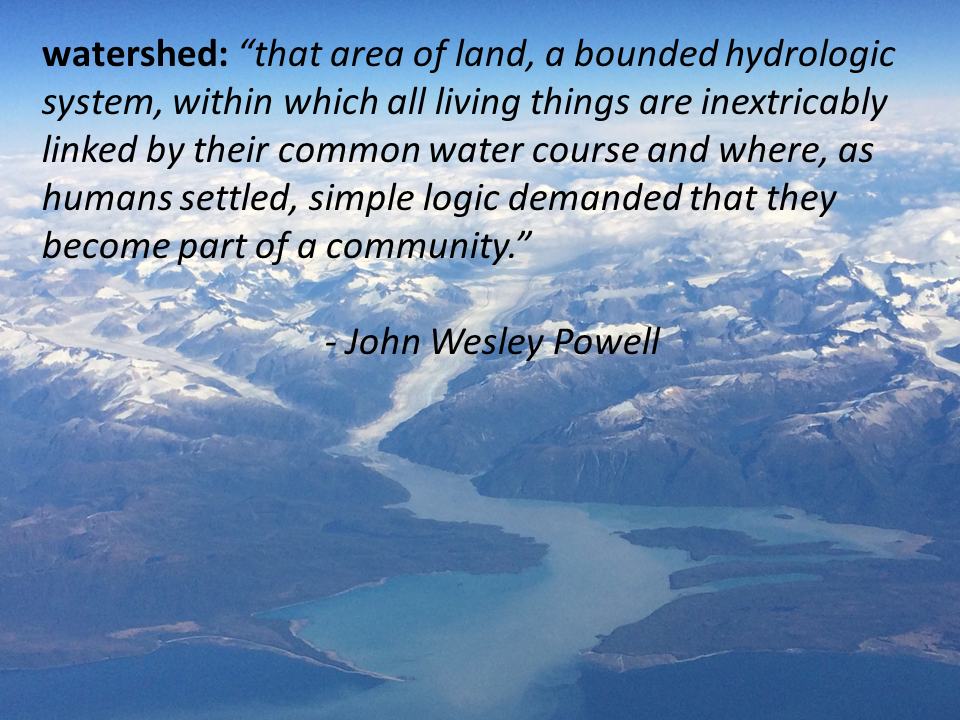
Our story:
SAWC was formed by a collective of Southeast Alaska watershed councils in 2005. These citizen-lead organizations recognized that by building a network of professionals and community leaders they would be more effective at sharing resources, implementing projects on the ground, and fostering awareness and stewardship of the many watersheds in southeast. SAWC’s core objective is to build a regional voice that promotes community watershed stewardship. SAWC does this by bolstering the capacity of communities throughout Southeast Alaska to implement local and collaborative approaches to the management, development and stewardship of the region’s watersheds.
Goal: Our goal is that Southeast Alaskans:
- Are connected to their local land, water, resources, and community;
- Are informed on the best science, practices, and techniques for managing their watersheds; and,
- Participate in the stewardship of their land, water, resources, and community.
Mission: We foster partnerships and inspire Southeast Alaskans to steward our watersheds and support communities through participatory projects, research, and learning.
Vision: We envision a unified Southeast Alaskan voice for our communities that are sustainably integrated into our watersheds in a way that benefits our ecology, economy, and quality of life.
Check out our brochure:
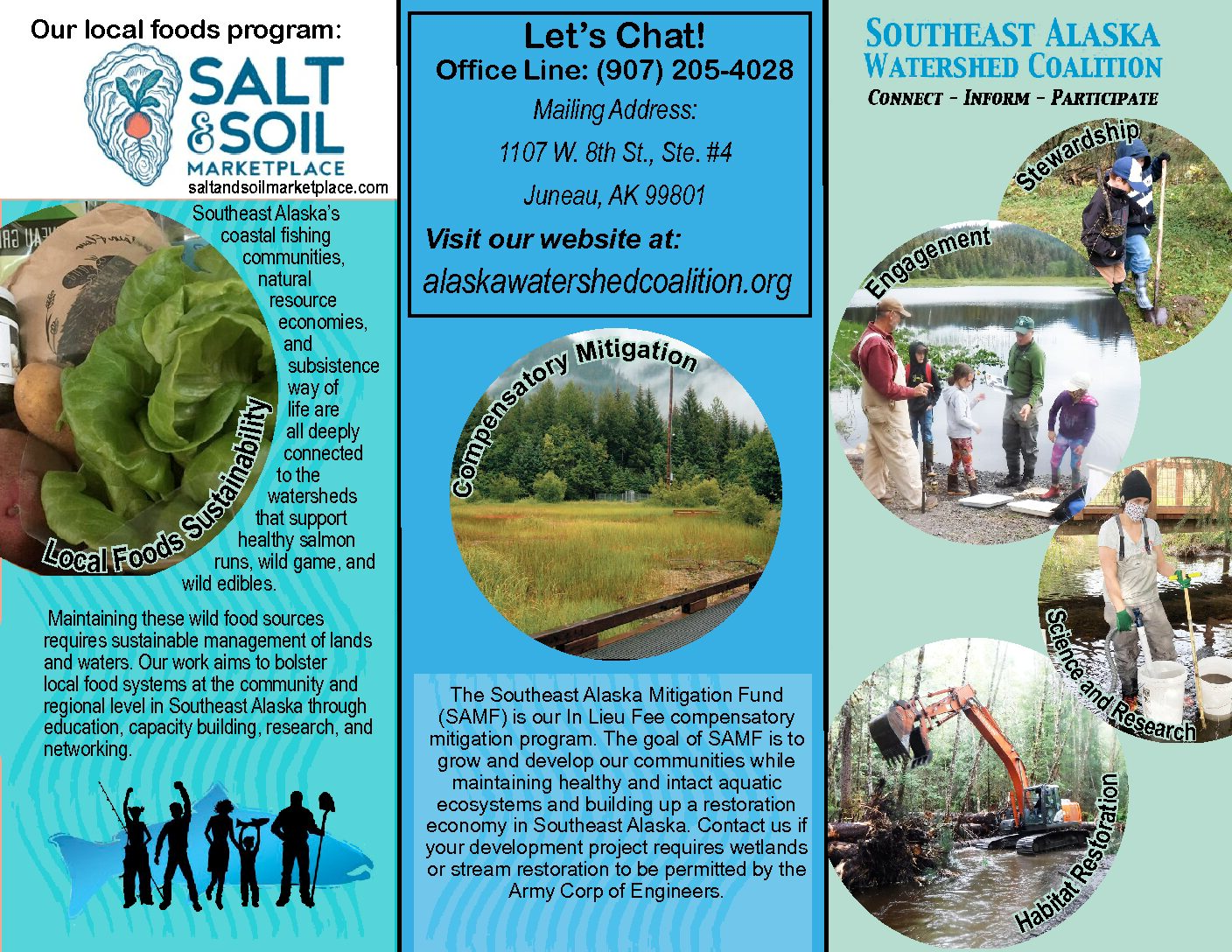
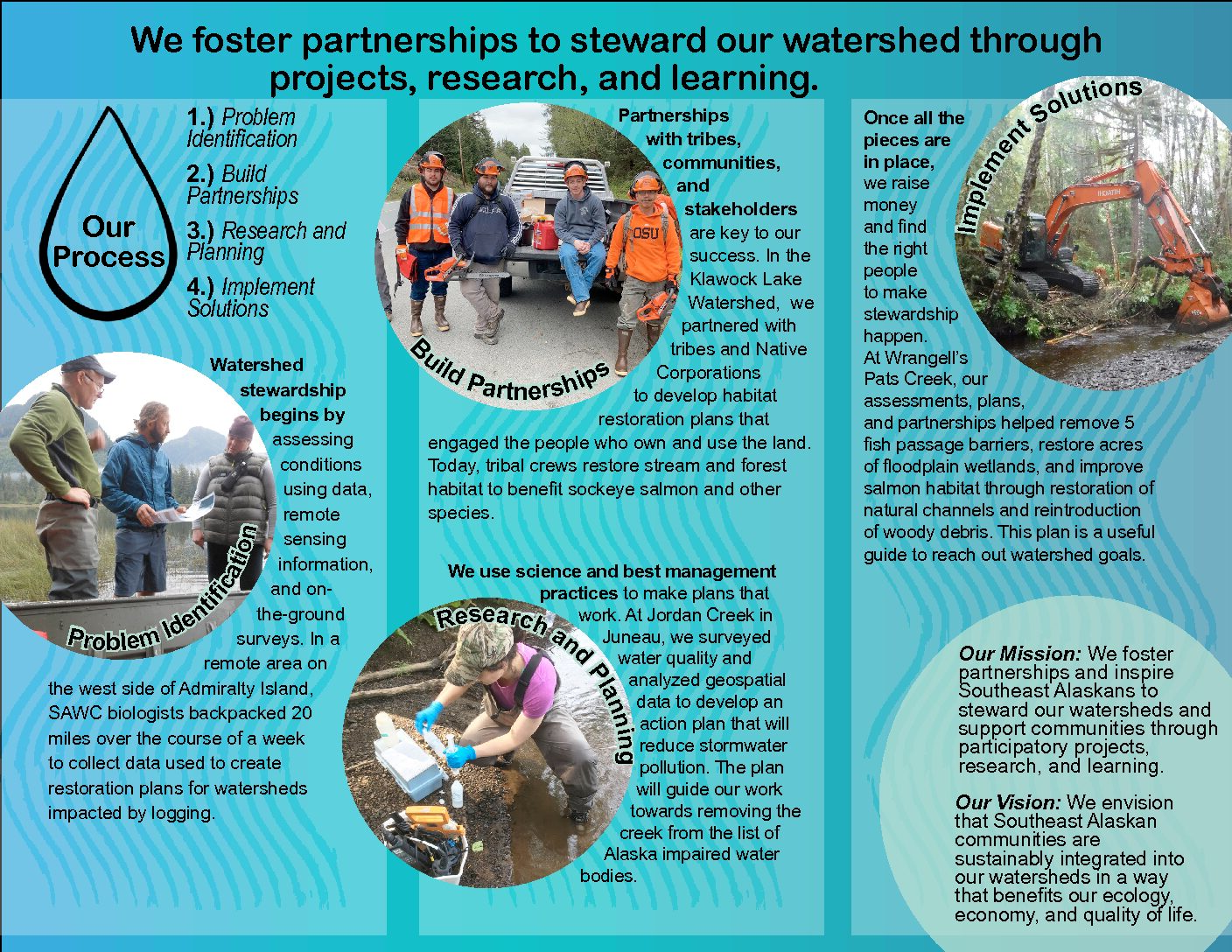
Available for download here.
In 2022, SAWC was selected as the recipient of the Forest Service’s Rise to the Future Partnership award. As part of this award, SAWC presented on our mission and work across the region.
Check out the presentation and the award here!
Coalition Staff
Rob Cadmus | EXECUTIVE DIRECTOR
rob@sawcak.org o: (907) 205-4028 c: (907)957-9818
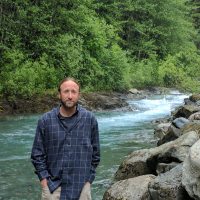
Rob and his wife Kate live in Juneau and are both passionate about sustainability and enjoying the outdoors. While working with the Convention on Wetlands, an international treaty promoting the wise use of wetlands, Rob facilitated restoration projects designed to provide clean water to people in Africa and Asia. Closer to home, he protected wild places in the Tongass National Forest as Conservation Director for the Southeast Alaska Conservation Council. He is excited to partner with the people of Southeast Alaska to bolster the long-term sustainability of communities and wise management of watersheds. He has a Masters in Ecology from the University of Otago, focused on the restoration of coastal wetlands, and he can often be found sailing, packrafting, or skiing.
Rebecca Bellmore | SCIENCE DIRECTOR
rebecca@sawcak.org o: (907) 205-4028 ext 3 c: (812) 603-4910
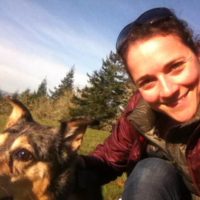
Rebecca lives in Juneau with her husband and daughter. She has a graduate degree in Environmental and Natural Resource Sciences from Washington State University and over a decade of experience in stream ecology and watershed science. She’s committed to working with Southeast Alaska’s communities to protect and improve watershed health and promote sustainability. When not at work, she enjoys hiking, berry picking, gardening, spotting marine mammals, and spending time with her family.
John Hudson | RESTORATION BIOLOGIST
john@sawcak.org c: (907) 419-4677
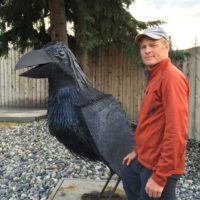
John joined the SAWC team in August 2017 as the restoration biologist, bringing with him more than 10 years of volunteer and professional habitat restoration experience in Southeast Alaska. Residing in Juneau since 1994, John was a founding board member of the Juneau Watershed Partnership and chaired the restoration committee from 1998 to 2001. Prior to joining SAWC, John co-managed the U.S. Fish and Wildlife Service’s Juneau-based Habitat Restoration Program for Southeast Alaska. He has also worked for the Michigan Department of Natural Resources, USGS Great Lakes Science Center, USFS Pacific Northwest Research Station, Alaska Department of Fish and Game, National Marine Fisheries Service and as a private consultant. John has over 30 years of experience in the fields of fisheries, aquatic ecology, and habitat restoration. His habitat restoration skills include watershed assessments, restoration planning, riparian protection and enhancement, native plant propagation, stormwater and invasive plant management, fish passage improvement, and aquatic biomonitoring. John is excited to help build the SAWC restoration program and work with member groups to improve watershed health in Southeast Alaska.
Kelsey Dean | WATERSHED SCIENTIST
kelsey@sawcak.org c: (907) 531-1181
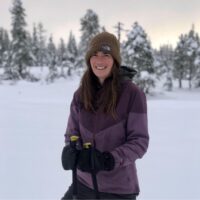
Kelsey joined the SAWC team as the Watershed Scientist in 2022. She is originally from Colorado and has a graduate degree in Water and Environmental Science from University of Alaska. Since Kelsey’s first Alaskan field season in Petersburg in 2016, she has been drawn to the forests, waterways, and communities of Southeast Alaska. Prior to joining SAWC, Kelsey worked for Alaska Department of Fish and Game, US Geological Survey, and the Forest Service conducting stream and habitat assessments and gaging streamflow. She is excited to work with communities to steward healthy, productive watersheds. When not working Kelsey can be found enjoying water in all its forms: skiing, packrafting, and kayaking.
Khrystl Brouillette | GIS AND COMMUNICATIONS SPECIALIST
khrystl@sawcak.org c: (949) 235-9508
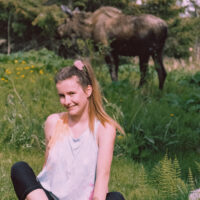
Khrystl started as an intern with SAWC in 2019 while she was attending the University of Alaska Southeast. She was born and raised in sunny Southern California, where she attended her local community college and worked with various agencies on environmental restoration and management activities. Khrystl moved to Alaska to attend UAS in 2018 to finish her degree in Geography and Environmental Resources. She is a self-proclaimed data nerd, especially when it comes to spatial data and GIS. She enjoys making story maps and sharing restoration successes and opportunities with the public. Her and her husband live in downtown Juneau, where they enjoy the seawalk, late night Pel’s, and looking over the Gastineau Channel. In her free-time, Khrystl enjoys looking for porcupines and other Juneau wildlife, thrifting and flipping furniture, and watching public television. Khrystl is excited to be assisting SAWC in community outreach, business development, and mapping projects.
Community Representatives
Angie Flickinger | WRANGELL PROJECT COORDINATOR
angie@sawcak.org
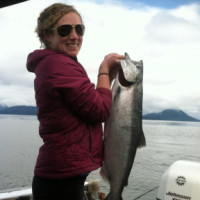
Angie grew up in Grand Rapids, Michigan and first came to Southeast Alaska in 2008. After traveling the lower 48 and failing to find a place that compares in beauty and character to Southeast, she returned to Wrangell in 2010 and has been there since. Over the years she has worked various field jobs with the US Forest Service and conservation corps, as well as a local wilderness behavioral health program. She earned her Bachelor’s degree in Environmental Studies and Communications from Western Michigan University and is working to promote community-based watershed management and sustainable community development throughout Southeast Alaska. Angie began working with SAWC in 2012 and loves the opportunity her position offers her to connect and work with the variety of vibrant communities that make up Southeast Alaska.
Board of Directors
In order to stay true to our core principles of building a voice for communities we believe this coalition should be steered by regional leaders and community professionals working to protect, promote and restore our region’s watersheds.
Ben Kirkpatrick
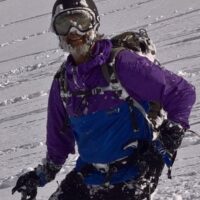
Ben moved to southeast Alaska in 1981 for the amazing skiing and paddling opportunities. He started working for Alaska Department of Fish & Game in 1984
and spent over 10 years as the Habitat Biologist for northern southeast Alaska, before retiring to Haines in 2008. One of his last and favorite ADF&G projects
was helping to found watershed councils throughout southeast Alaska including Takshanuk Watershed Council. This work reinforced his understanding about the connection between a healthy community and a healthy watershed. He believes community involvement and participation is critical to meeting these goals. Ben is also involved with TWC and Rivers Without Borders, a transboundary conservation organization.
Steve McCurdy
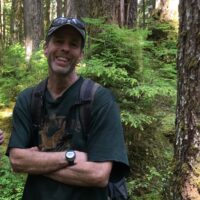
Steve lives in the community of Hollis on Prince of Wales Island. With an education in Fisheries Biology from the University of Washington, Steve worked for nearly 20 years as a fisheries biologist. Most of his career has been spent in Southeast Alaska working for ADF&G and the Forest Service. Steve brings his experience and understanding of the life histories of the native salmonid fishes found in Southeast Alaska, including their freshwater habitat requirements and factors limiting their production, to council SAWC’s program and project development.
Kenneth Weitzel
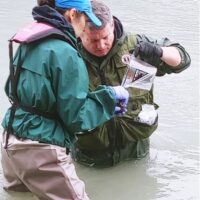
Kenneth is Tlingit Chaak (Eagle), Teikweidi (Brown Bear), Xoots Hit (Bear House), Daakoosti (Personal Name), from Xuna Kaawu (The City of Hoonah). After 11 years of service active-duty Navy Kenneth was accepted into the University of Alaska, Fairbanks Geology Program (studying @UAS). Today he is a Natural Resource Specialist for the Native Lands and Resources department at The Central Council Tlingit & Haida Indian Tribes of Alaska. While at Tlingit & Haida, Kenneth composed the Southeast Alaska Tlingit & Haida Climate Change Adaptation Plan and template for other tribes in the region. The flexibility and robust nature of the template has fostered international interest in its use. For over 4 years Kenneth has also been part of the “boots on the ground” team conducting Transbounday River Watershed Baseline Water Quality Studies on the Stikine, Taku, Chilkat, and Alsek Rivers. Building knowledge partnerships, creating community relationships, and keeping a happy 10-year-old daughter happy are his day-to-day duties.
Julianne Thompson

I retired from the US Forest Service at the end of 2019 after about 30 years of working as a hydrologist and watershed program manager. I grew up in California, earned a Bachelor’s of Science degree in Natural Resources Management from Cal Poly San Luis Obispo, and studied Watershed Science at Colorado State University. I started my hydrology career in the Dixie National Forest (Cedar City, Utah), and came to work as hydrologist in the Tongass National Forest in 1992. I’ve lived, worked and played in and around Petersburg since 1992. I lived in Wrangell from 1995-2000. I enjoy camping, hiking, fishing, traveling, eating good food and hanging out with dogs and friends. I usually spend July salmon trolling with my guy Paul.
Chris Meade
Chris was born in the Flushing Creek watershed (Forest Hills, New York), raised in the Rahway River watershed (Cranford, New Jersey) and has lived in the Gastineau Channel watershed (Juneau, Alaska) since 1991. He studied two years of forestry at Paul Smith’s College in the Adirondacks (1979-1981), earned a B.S. in Natural Resources Management at the University of Alaska Fairbanks (1981-1985) and received a master’s degree in Public Administration from the University of Alaska Anchorage (1986-1987). He served as a Peace Corps Volunteer at Sapo National Park near Juarzon, Liberia (1987-1989). Chris worked for the Environmental Protection Agency from 1990 to 2018, and performed a variety of jobs including: managing multi-million dollar grant programs for water pollution control; writing safe drinking water regulations; protecting water quality and fish habitat throughout the Tongass National Forest; promoting tools for watershed science and watershed management; preserving aquatic resources and wetlands in Southeast Alaska; and regulating ocean dumping. He joined the SAWC board of directors in 2019.
